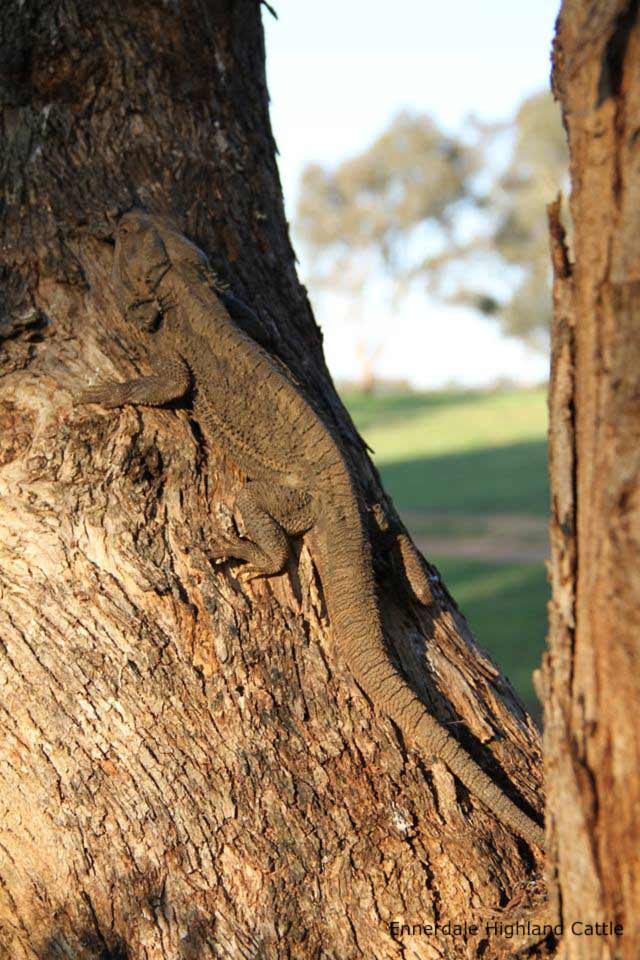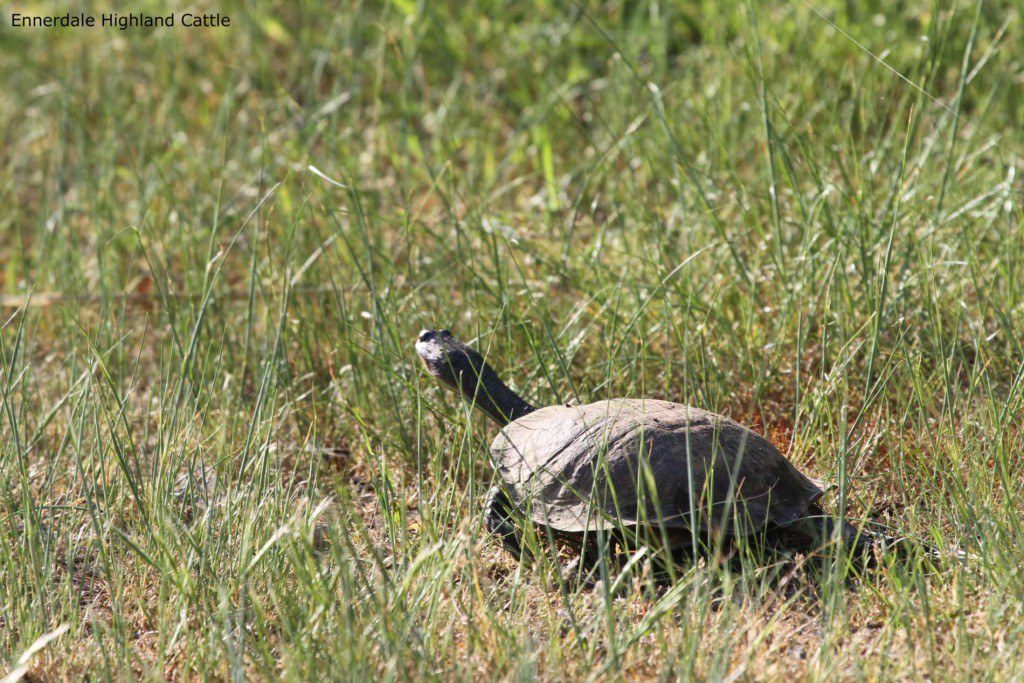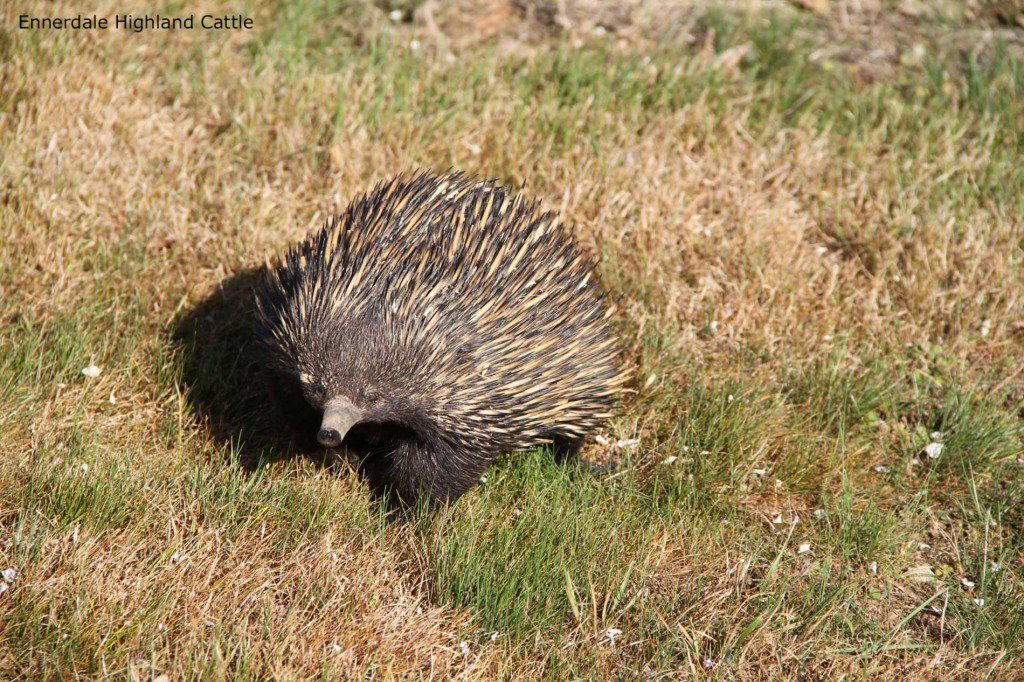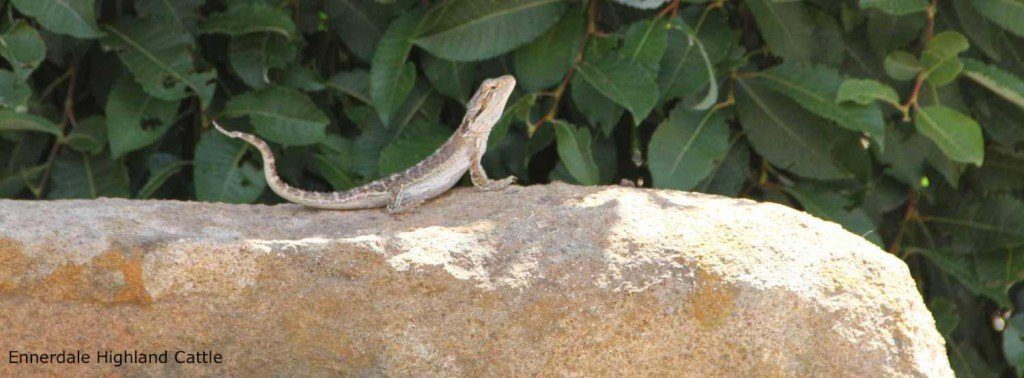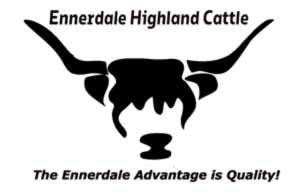Follow us:
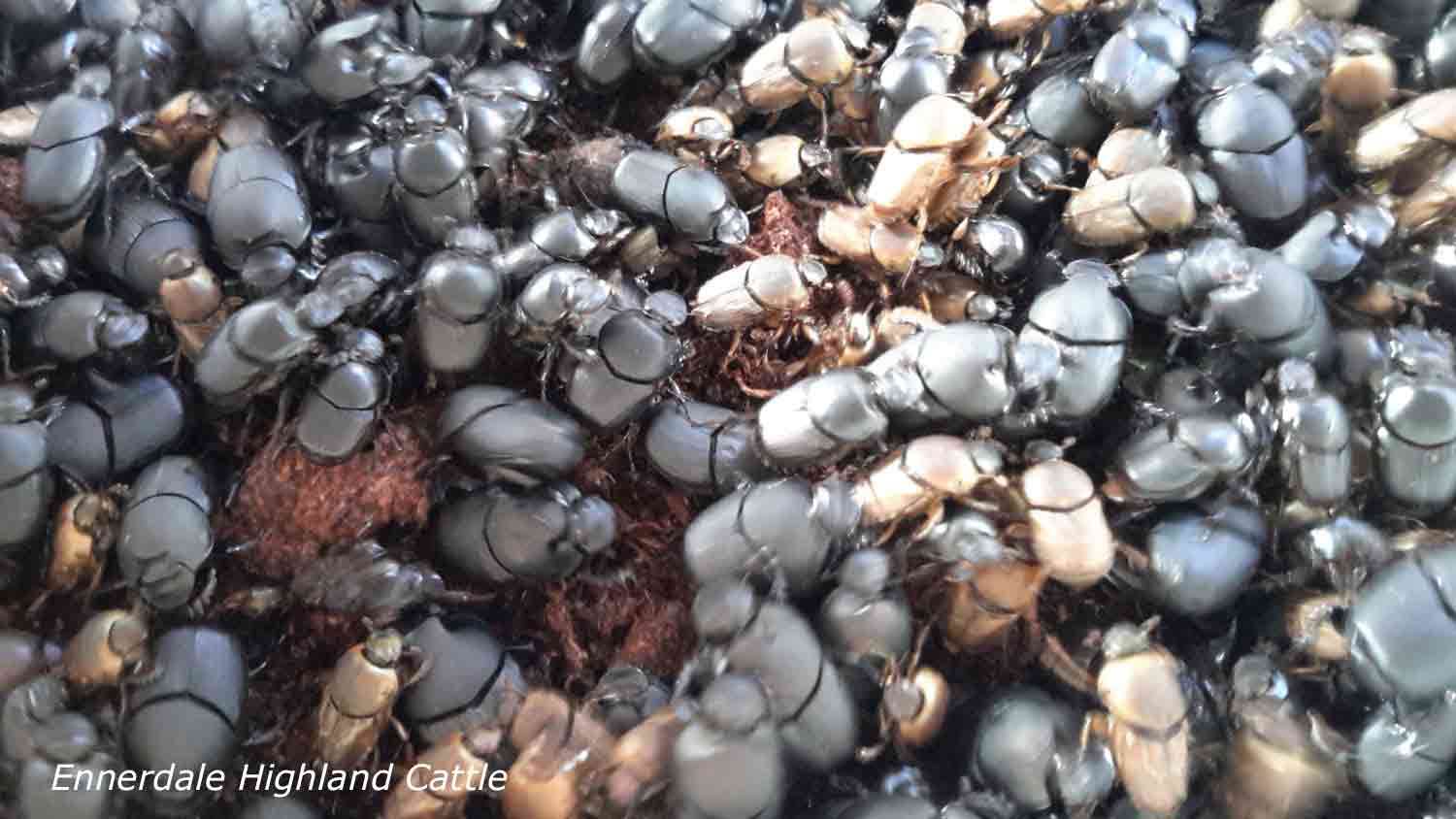
HOW WE IMPROVE THE PASTURE FOR OUR HIGHLAND CATTLE with DUNG BEETLES
At Ennerdale we are extremely conscious of animal health – we also care about the environment, like most farmers we are keen to protect what we have. In 2014, we introduced a colony of over 4000 dung beetles into the farm paddocks.
What is a Dung Beetle?
A dung beetle is a beetle that feeds partly or exclusively on dung or faeces. They possess exceptional dung disposal capabilities, as one beetle can push a dung ball up to 50 times its own weight. In one night, a beetle can bury dung that is 250 times heavier than itself.
An average cow produces between 10-12 pats or 18 kg per day. Over a fortnight in the right climate, each pat has the capacity to produce around 3,000 flies, not to mention the locked up fertilizer which could be providing nutrients to the grass. Imagine a small herd of 30 heads producing 3.7 tonnes of pats a week - it's dung beetle heaven just out in the paddock!
Dung beetles prefer fresher cow-pats, so the beetle will fly from paddock to paddock to follow their food source. The beetles squeeze the nutrient rich moisture out of fresh dung and then dig tunnels under the cow-pat and take the dung down into the tunnels for reproduction purposes. They will bury it regardless of the soil type. In digging the tunnels, they take dung nutrient rich matter to the root systems of the soil and thereby dispose of the dung.
As well as fertilizing the soil, these tunnels also allow water to reach deep underground. The aeration of soil from the beetle tunnel system together with the buried dung produces a healthy environment and stores massive amounts of carbon. This enables grass and other plant root systems to penetrate more deeply into zones which could not otherwise be accessed – especially compacted soils.
A few reasons why we love having dung beetles on our grazing paddocks
Important to remember
It is unfortunate that dung beetles do not bury chicken and geese droppings, as they are too acidic. Other small pelletized droppings such as alpaca do not have enough moisture for the dung beetles needs.
When drenching your Highland Cattle be aware to use dung beetle friendly products as some can kill your beetles!
Ennerdale Highland Cattle also share the paddocks!
